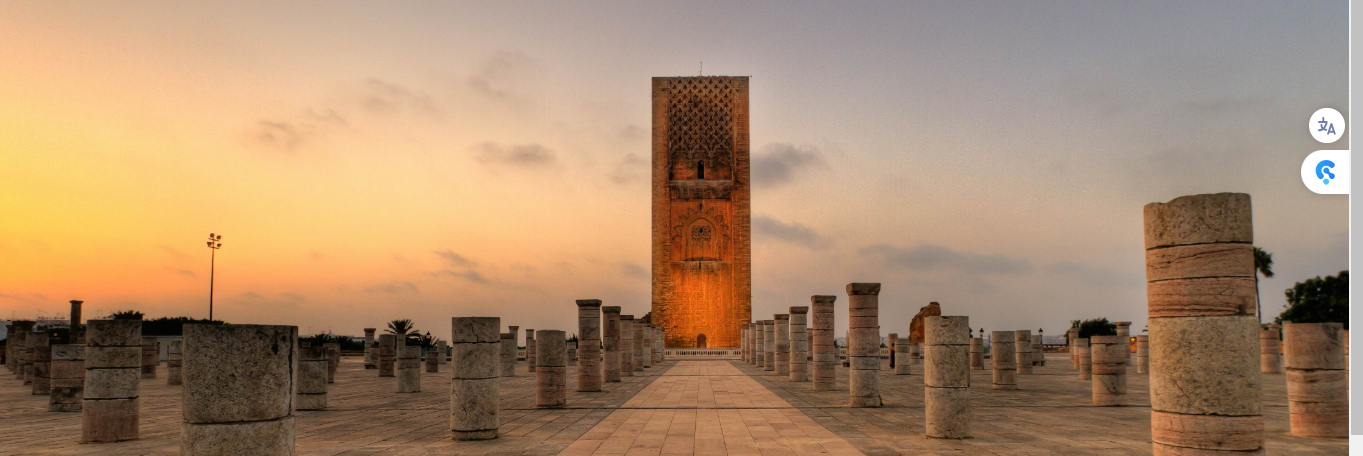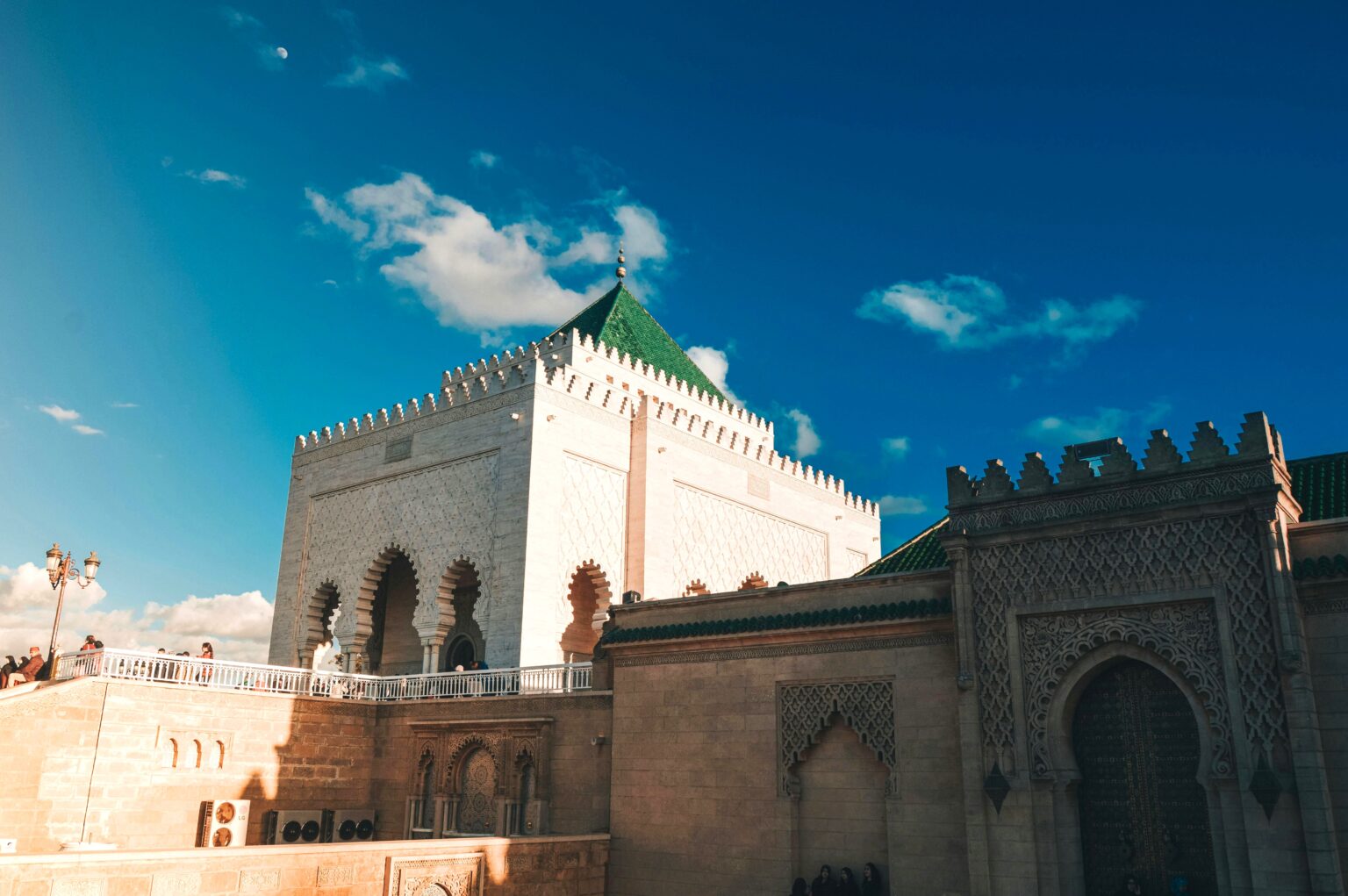Rabat, the modern capital & historic City of the Kingdom
Rabat, the Modern Capital & Historic City of the Kingdom:
A pleasant climate throughout the year, a privileged location on the Atlantic seaside, and a history of exceptional wealth make Rabat-Salé a leading tourist destination.
Its coastline is nearly 60 km long, https://www.gomarrakechdeserttrips.com/private-desert-tours/4-days-morocco-imperial-cities-tour-2/ with rocky creeks or fine sandy beaches, and its countryside offers an ecological diversity for ideal hiking.
In terms of culture and history, it benefits from a unique heritage, reflecting the diversity of legacies that have shaped, over the centuries, the two banks of Bouregreg.
20 centuries of history:
The city was founded in 1150 by the Kalif Almohad Yacoub el-Mansour. It became the capital of the Kingdom in 1912 instead of Fez under the French protectorate. Rabat is first of all the capital of Morocco, with more than 577,827 inhabitants, it is the big political and administrative center of the country where are the royal palace, the governmental authorities, and the embassies. Designated “The City of Light, Cultural Capital of the Kingdom”, it was rightly included in the Universal Heritage of Humanity by UNESCO in 2012. This choice was motivated by the historical advantages of the city namely the quality of its site, its urbanism, and the beauty of its architectural structures. All of this is the result of a fruitful dialogue between the Arab-Muslim past and Western modernism.
It is a city resolutely modern that knows how to preserve its authentic side, it combines the same elegance its historical heart, and its modern city. The many buildings that the city contains are as many testimonies of its history that date back to antiquity and have been accumulated over the centuries. In addition to its status as the administrative capital, Rabat is also the county town of the Rabat-Salé-Kenitra Region.
Arts & Culture:
Bab El Had:
The Bab El Had gate is part of the Almohad wall, it was built towards the end of the 12th century by Yaacoub El Mansour. El Had means in Arabic the edge of the sword (7ad Essayf). This gate was so named because it was in front of it that murderers were executed, by decapitation by the sword.
The Medina: the Andalusian city:
With the Almohade Dynasty (XII Century) the Rabat site is going to start a continuous extraordinary historical journey full of radiance and activity. This, however, did not prevent the city from going through a phase of decline, as of 1253, with the advent of the dynasty of Almoravids who had chosen the city of Fez for a capital. In 1609, the Moriscos were chased away from Spain during the Reconquista.
The Royal Palace:
The construction of the royal palace of Rabat began in the middle of the 19th century on the ruins of an ancient palace. Also called Dar El Makhzen, majestic and protective, the building is a fine example of Moroccan art. Surrounded by an enclosure, its main entrance overlooks a vast esplanade, the Mechouar, which is used for outdoor royal ceremonies.
Bab Rouah:
The gate of departure is the largest gate of the Almohad enclosure. Its decor is rich and remarkably executed, it’s made up of four rooms (originally bent), of which the first has an interesting fluted dome. It is now converted into an art gallery.
The Chellah:
Built in the XIV Century by the Merinid dynasty upon the ruin of the ancient Roman city of Sala Colonia, the Chellah necropolis is located at a distance of two kilometers from the city center, of the Almohad enclosure. According to historians and archeologists, the Chellah site was undoubtedly the most ancient human agglomeration ever set on the estuary of the Bouregreg River. For proof, one can allude to the.
Mohammed V Mausoleum:
Right in front of the Hassan Tower stands the mausoleum of Mohammed V, a monument of unparalleled beauty. Its construction began in 1962 and ended in 1971. This monument is dedicated to the memory of the late monarch Mohammed V, beloved by the people who have always considered the symbol of the Liberation of the Nation. In the mausoleum, one can also see the tomb of his successor, Fire Hassan II.
Hassan Tower:
The Hassan Tower is considered the symbol of Rabat, it is one of the most famous sites of the kingdom. The Hassan tower remains the only vestige of what was to be, at the instigation of the Almohad sultan Yacoub Al Mansour (12th century), the largest mosque in the Muslim world. This oversized project was not going to survive, at the death of the latter, in the year 1199.
Kasba of the Oudayas:
Within a fifteen-minute walk from the Rabat City Center stands the Casbah of the Oudayas at the Bou Regreg estuary, a real fortress dating back to the XII century. With its monumental Almohade portal, the Kasbah is a gripping site that offers the visitor a never-seen beauty that encompasses the Andalusian-style garden, a museum, some riads, and some mosques. The Andalusian influence is omnipresent in the.
Bab Oudaya Gallery:
The Bab el Kebir gate was built in 1150 by Caliph Abdelmoumen and is one of the jewels of the Almohad architecture. 38.60 m long, 16 m wide, and 13 m high, this door is made up of three rooms that follow each other in succession: the first (7.48 m x 7.12 m) is covered with a dome on horns; three steps lead to the second room (7.51 m).
Mellah de Rabat:
The Mellah of Rabat is an ancient quarter surrounded by walls, with several accesses, formerly reserved for the Jews, who later deserted it. It is a kind of enclave with its own character in comparison with the other neighborhoods because of its atmosphere animated by merchants, street vendors, and other activities scattered in its alleys swarming with shoppers. Before, Moroccan Jews built entire neighborhoods in the Mullahs. They baptized them.







